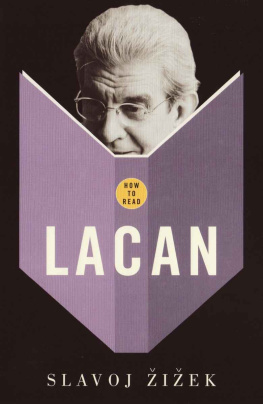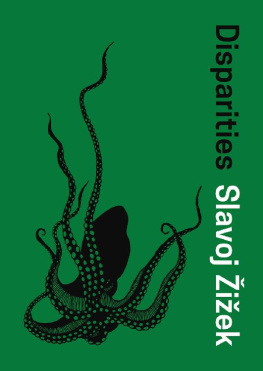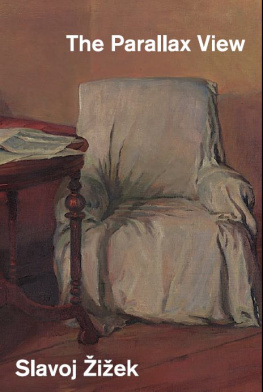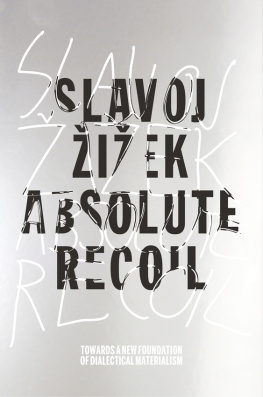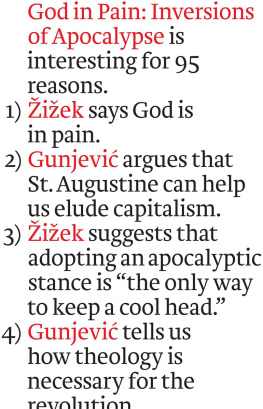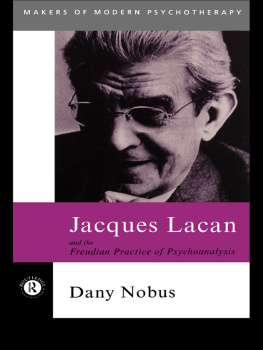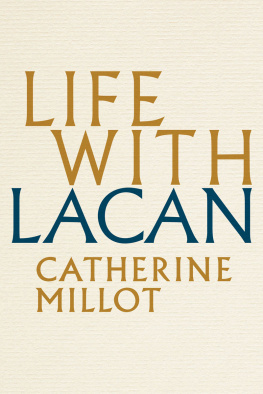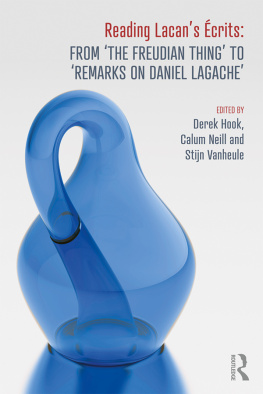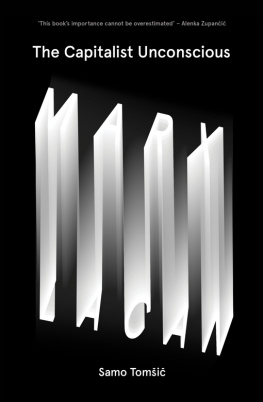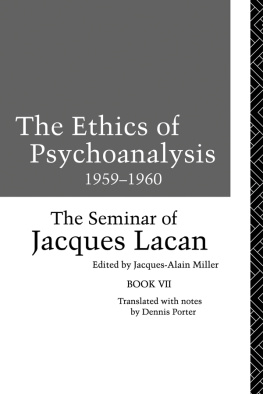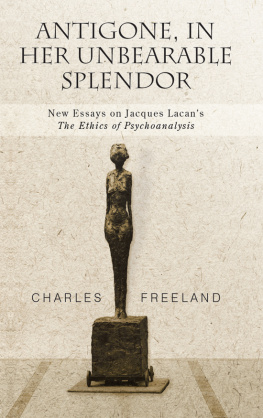How am I to read How to Read ?
This series is based on a very simple, but novel idea. Most beginners guides to great thinkers and writers offer either potted biography or condensed summaries of their major works, or perhaps even both. How to Read , by contrast, brings the reader face-to-face with the writing itself in the company of an expert guide. Its starting point is that in order to get close to what a writer is all about, you have to get close to the words they actually use and be shown how to read those words.
Every book in the series is in a way a masterclass in reading. Each author has selected ten or so short extracts from a writers work and looks at them in detail as a way of revealing their central ideas and thereby opening doors onto a whole world of thought. Sometimes these extracts are arranged chronologically to give a sense of a thinkers development over time, sometimes not. The books are not merely compilations of a thinkers most famous passages, their greatest hits, but rather they offer a series of clues or keys that will enable readers to go on and make discoveries of their own. In addition to the texts and readings, each book provides a short biographical chronology and suggestions for further reading, Internet resources, and so on. The books in the How to Read series dont claim to tell you all you need to know about Freud, Nietzsche and Darwin, or indeed Shakespeare and the Marquis de Sade, but they do offer the best starting point for further exploration.
Unlike the available second-hand versions of the minds that have shaped our intellectual, cultural, religious, political and scientific landscape, How to Read offers a refreshing set of first-hand encounters with those minds. Our hope is that these books will, by turn, instruct, intrigue, embolden, encourage and delight.
Simon Critchley
New School for Social Research, New York
INTRODUCTION
Lets try to practise a little brain-washing on ourselves.
In 2000, the 100th anniversary of the publication of Freuds The Interpretation of Dreams was accompanied by a new wave of triumphalist acclamations of the death of psychoanalysis: with the new advances in brain sciences, it is buried where it always belonged, in the lumber-room of pre-scientific obscurantist quests for hidden meanings, alongside religious confessors and dream-readers. As Todd Dufresne puts it, In this negative way, at least, the profound solidarity of Marxism and psychoanalysis is now displayed for all to see.
There is something to this funeral oratory. A century ago, in order to situate his discovery of the unconscious in the history of modern Europe, Freud developed the idea of three successive humiliations of man, the three narcissistic illnesses , as he called them. First Copernicus demonstrated that the Earth revolves around the Sun, and thus deprived us humans of the central place in the universe. Then Darwin demonstrated our emergence from blind evolution, and took away our place of honour among living beings. Finally, when Freud unveiled the predominant role of the unconscious in psychic processes, it turned out that our ego does not even rule in its own house. Today, a century later, a starker picture is emerging: the latest scientific breakthroughs seem to inflict a whole series of further humiliations on the narcissistic image of man: our mind itself is a mere computing machine, processing data; our sense of freedom and autonomy is the users illusion of this machine. In the light of todays brain sciences , psychoanalysis itself, far from being subversive, seems rather to belong to the traditional humanist field threatened by the latest humiliations.
So is psychoanalysis really outdated today? It seems that it is, on three connected levels: (1) of scientific knowledge, where the cognitivistneurobiologist model of the human mind appears to supersede the Freudian model; (2) of the psychiatric clinic, where psychoanalytical treatment is rapidly losing ground to pills and behavioural therapy; (3) of the social context , where the Freudian image of a society and social norms that repress the individuals sexual drives no longer seems a valid account of todays predominant hedonistic permissiveness.
Nonetheless, in the case of psychoanalysis the memorial service may be premature, celebrated for a patient who still has a long life ahead. In contrast to the evident truths embraced by the critics of Freud, my aim is to demonstrate that it is only today that the time of psychoanalysis has come. Seen through the eyes of Lacan, through what Lacan called his return to Freud, Freuds key insights finally emerge in their true dimension. Lacan did not understand this return as a return to what Freud said, but to the core of the Freudian revolution of which Freud himself was not fully aware.
Lacan started his return to Freud with the linguistic reading of the entire psychoanalytic edifice, encapsulated by what is perhaps his single best-known formula: The unconscious is structured as a language. The predominant perception of the unconscious is that it is the domain of irrational drives, something opposed to the rational conscious self. For Lacan, this notion of the unconscious belongs to the Romantic Lebensphilosophie (philosophy of life) and has nothing to do with Freud. The Freudian unconscious caused such a scandal not because of the claim that the rational self is subordinated to the much vaster domain of blind irrational instincts, but because it demonstrated how the unconscious itself obeys its own grammar and logic: the unconscious talks and thinks. The unconscious is not the preserve of wild drives that have to be tamed by the ego, but the site where a traumatic truth speaks out. Therein lies Lacans version of Freuds motto Wo es war, soll ich werden (Where it was, I am to become): not The ego should conquer the id, the site of the unconscious drives, but I should dare to approach the site of my truth. What awaits me there is not a deep Truth that I have to identify with, but an unbearable truth that I have to learn to live with.
How, then, do Lacans ideas differ from the mainstream psychoanalytical schools of thought and from Freud himself? With regard to other schools, the first thing that strikes the eye is the philosophical tenor of Lacans theory. For Lacan, psychoanalysis at its most fundamental is not a theory and technique of treating psychic disturbances, but a theory and practice that confronts individuals with the most radical dimension of human existence. It does not show an individual the way to accommodate him- or herself to the demands of social reality; instead it explains how something like reality constitutes itself in the first place. It does not merely enable a human being to accept the repressed truth about him- or herself; it explains how the dimension of truth emerges in human reality. In Lacans view, pathological formations like neuroses, psychoses and perversions have the dignity of fundamental philosophical attitudes towards reality. When I suffer obsessional neurosis, this illness colours my entire relationship to reality and defines the global structure of my personality. Lacans main critique of other psychoanalytic approaches concerns their clinical orientation: for Lacan, the goal of psychoanalytic treatment is not the patients wellbeing , successful social life or personal fulfilment, but to bring the patient to confront the elementary coordinates and deadlocks of his or her desire.

